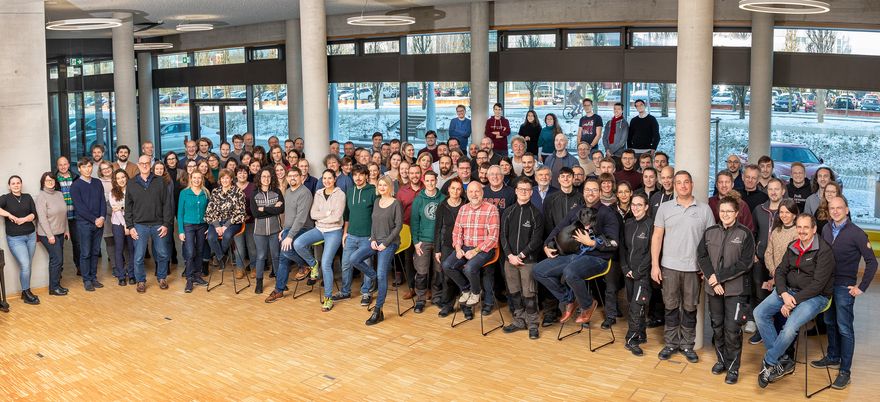From the beginnings of the universe to the innermost secrets of matter
The world on the tiniest scale, the world on the grandest scale – these are the dimensions spanned by the research topics investigated by the scientists at the Max Planck Institute for Physics (Werner Heisenberg Institute) in Munich. The physicists investigate the fundamental questions of physics: Why is there more matter than antimatter? What are “dark” matter and “dark” energy, which make up 95 percent of our universe? How is the mass of matter generated? Is there a unification of the forces?
The physicists of the Max Planck Institute are involved in the world’s biggest experiments, for example the Large Hadron Collider (LHC) particle accelerator at CERN in Geneva, the Gran Sasso underground laboratory in Italy, and the European Northern Observatory on the Canary Islands. In Munich, they evaluate the results of their experiments on their computers. Or they investigate theoretical models relating to the structure of the world and test them in simulations. The researchers also work with technicians and engineers from the specialist technical divisions at the Institute to develop new technologies for the individual components of the experiments.
The Max Planck Institute for Physics is one of the oldest Institutes in the Max Planck Society (previously Kaiser Wilhelm Society). The Founding Director of the Institute was Albert Einstein in 1917. Since 1958, the Max Planck Institute for Physics has been located in Munich and was headed by Werner Heisenberg until 1970. The researchers’ objective was and still is to extend the boundaries of physical knowledge ever further.
You can find more information on the research at the MPI for Physics at Research.
